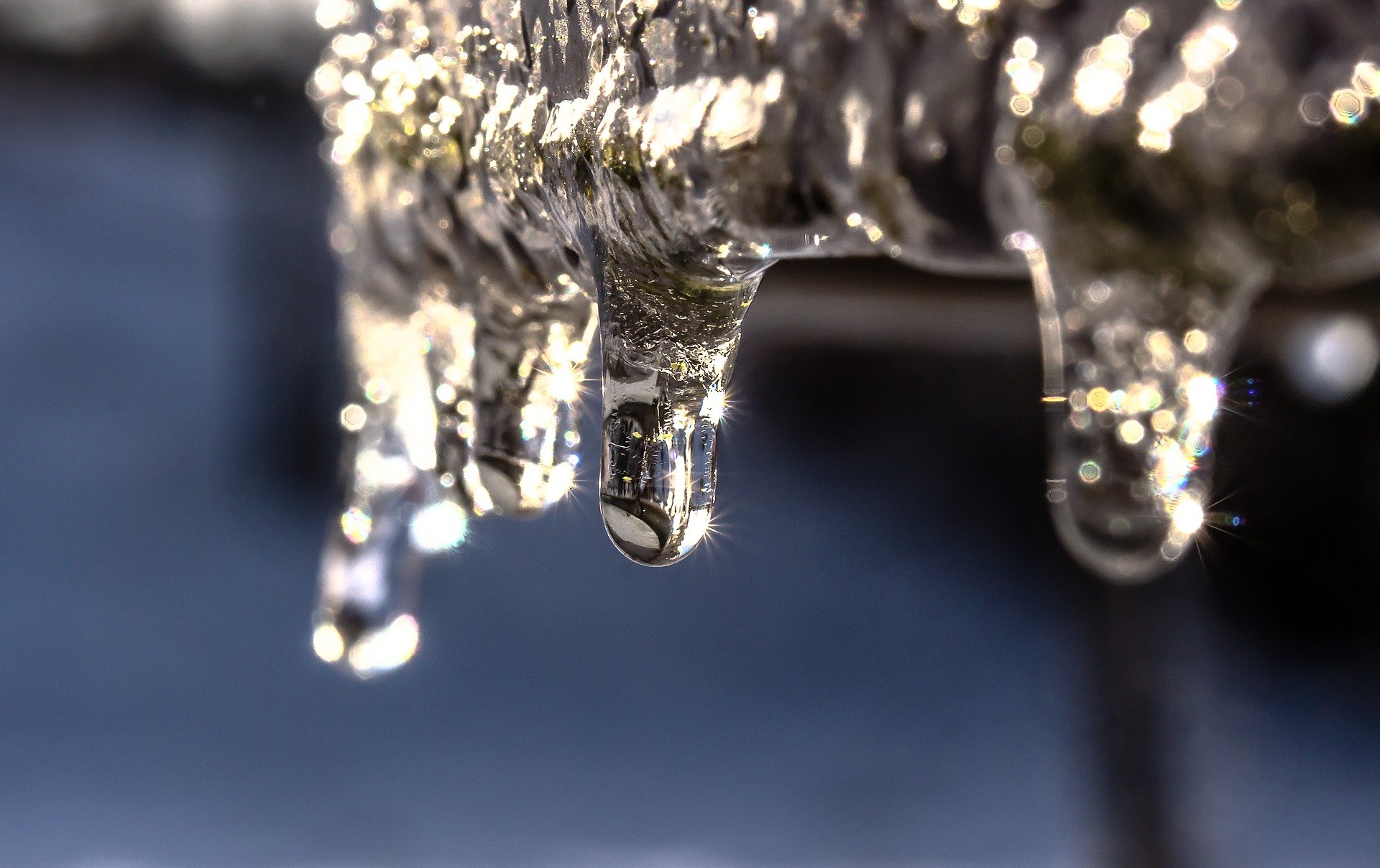Hello!
With the possible exception of, “my parents are coming to live with us,” no phrase is more frightening to a New England homeowner than, “we have ice dams.”
Hard to deal with once they arrive, these perennial visitors are legendary for the damage they can cause (the dams I mean, not your in-laws).
Despite ice dams’ notoriety, few homeowners understand how they occur and, more important, how they can be prevented. In today’s newsletter, we explain.
Stay well,
Jim Moon
President
Gutter Helmet and Quality Roofing
How to Prevent Ice Dams This Year
“Ice dam” refers to ice that builds up on the lower edge of your home’s roof, preventing water (or melting ice and snow) from flowing into your gutters and downspouts. Since the water can’t flow off the roof harmlessly, it backs up, eventually finding its way into your home (see diagram).
The ice dam damage usually shows up as water leaking into rooms that are directly beneath the roof, or as water stains on your ceiling, walls and insulation.
What Causes Ice Dams?
In short, ice dams are the result of temperature differences between the main sections of your roof and the roof’s lower edges or eaves.
Since hot air rises (think back to high school physics!), the heated air in our homes eventually escapes into the attic (especially if the attic is under-insulated). From there, this warmer air melts the snow on the roof (high snow loads where evaporation cannot occur exacerbates this problem), with the resulting water running down towards the gutter.
As water flows down the roof, it has a tendency to refreeze at the eaves (which jut out several feet from the outer walls and are therefore colder), forming ice which can trap future water flows. Eventually, this water may pool and back up onto the roof, causing the ruinous damage associated with ice dams.
How to Prevent Ice Dams
Unfortunately, if you live in New England, ice dams cannot be completely eliminated – the snow and cold see to that. You can, however, greatly reduce their onset and resulting damage by taking appropriate steps.
First, and since ice dams form because of the temperature differential between your attic and roof edges, make sure your attic is properly insulated.MassSave recommends 18-20 inches of blown-in insulation. Not only will this save on heating and cooling costs, it will keep your attic – and, therefore, your roof – colder during the winter months.
Second, make sure the fall season’s leaves have been removed from your gutters, either manually or (shameless self-promotion coming up!) through the installation of The Gutter Helmet® Gutter Guard System. This will keep them free-flowing, reducing ice buildup as a result.
Finally, consider installing our Heated Helmet system – a self-regulating coil that turns on and off as needed, melting the ice in your gutters before it has a chance to form a dam.
Final Thoughts
As with most home-related issues, a good offense is a good defense! Should snow build up on your roof, inspect your attic and keep a close eye for signs of roof leaks.
If ice dams are found, immediately remove the snow from the trouble spot(s). But please be careful – climbing ladders, especially in the winter, is dangerous and best left to the professionals!

